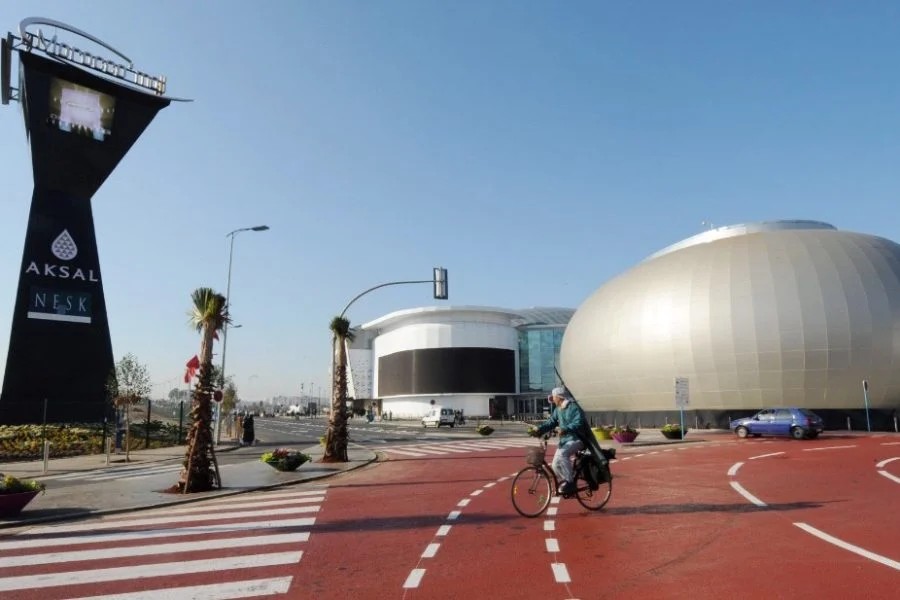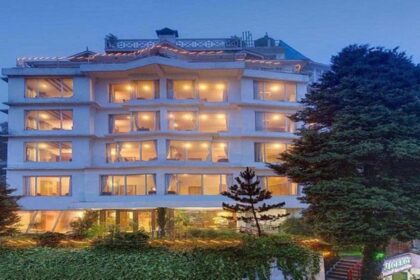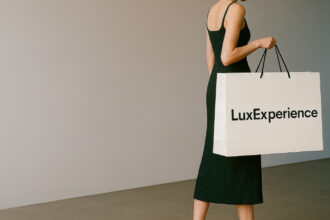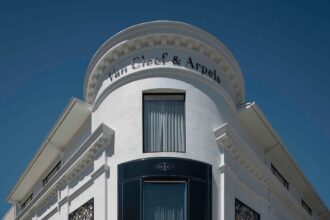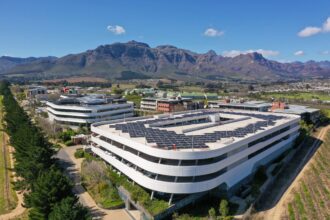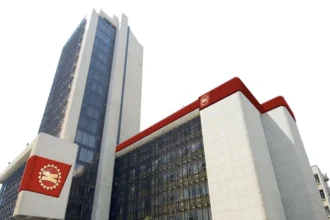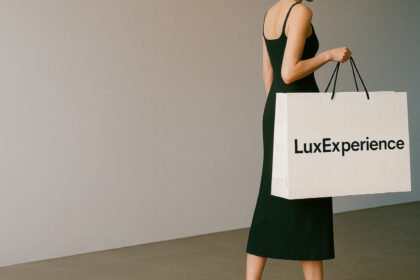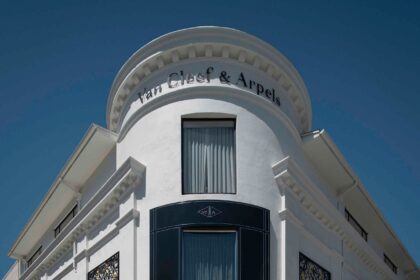At a Glance
- Morocco Mall offers 350 stores, an aquarium, and luxury brands in Casablanca’s retail hub.
- The mall generates thousands of jobs and attracts millions of visitors every year.
- It combines architecture, sustainability, and entertainment along Morocco’s Atlantic coast.
Stretching over 190,000 square meters along the Atlantic shoreline, Morocco Mall is Africa’s largest shopping destination and a striking emblem of Morocco’s retail transformation—melding commerce, culture, and lifestyle into a single, landmark development on Casablanca’s oceanfront.
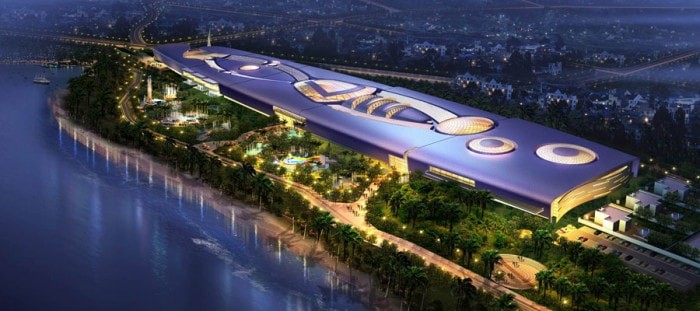
Opened in late 2011 after approximately four(4) years of planning and construction, the megamall anchors Casablanca’s position as a modern commercial capital, offering an expansive mix of luxury boutiques, international high street brands, family entertainment, and cultural attractions under one vast, glass-covered atrium.
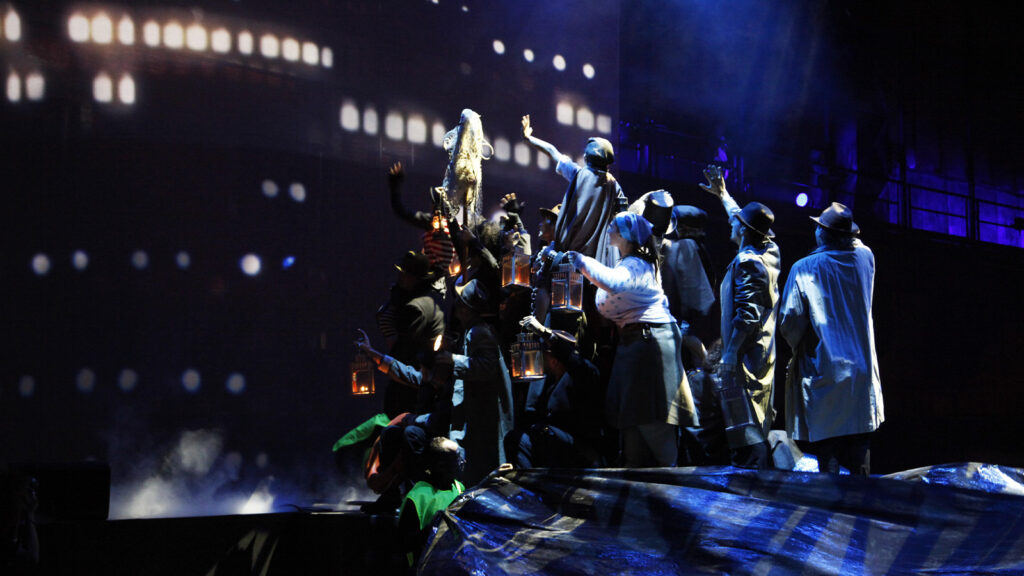
Architectural innovation and retail ambition
Developed by Aksal Group—founded by Moroccan business leader Salwa Idrissi Akhannouch—Morocco Mall was designed by Design International and Davide Padoa to create an immersive shopping and leisure environment unprecedented on the continent.
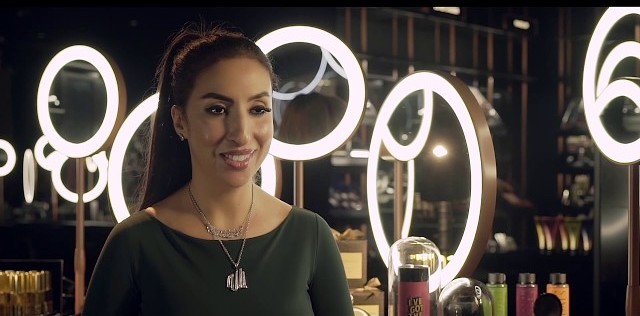
With over 350 stores, a world-class IMAX cinema, and the spectacular AquaDream aquarium rising through its central dome, the mall fuses cutting-edge architectural expression with experiential retail.
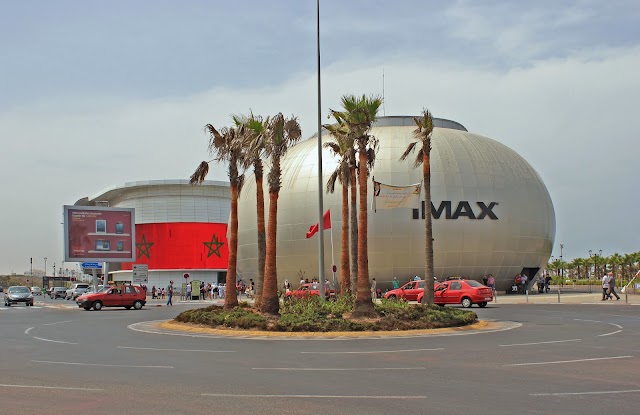
Its iconic “Luxury Boulevard,” hosting brands such as Louis Vuitton, Gucci, and Dior, introduced North Africa’s first dedicated luxury shopping district, setting new standards in design and consumer expectations.
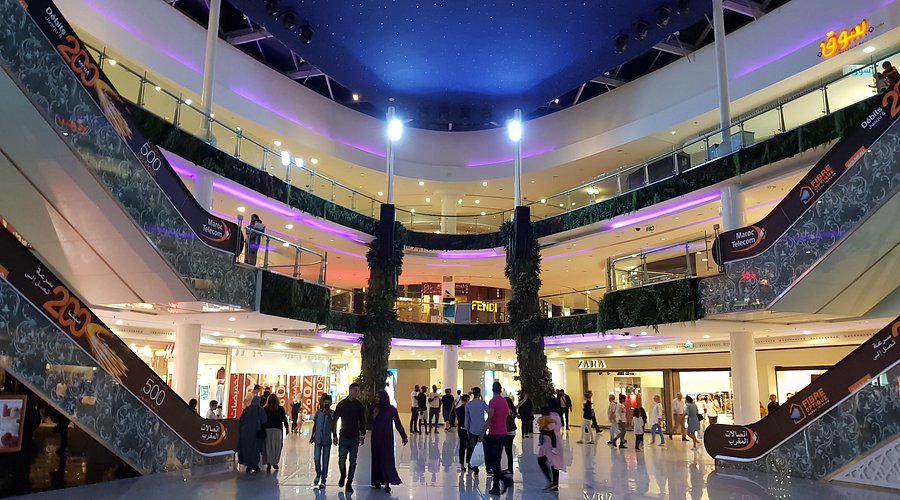
Beyond retail, Morocco Mall integrates landscaped promenades, oceanfront terraces, and public plazas, blending urban vibrancy with coastal serenity.
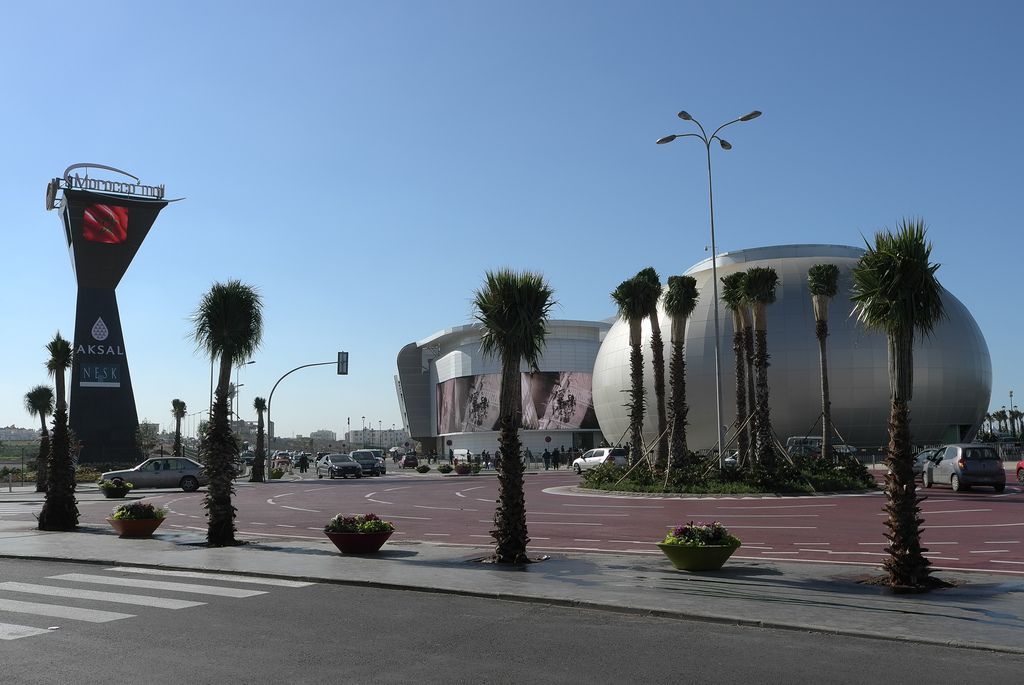
Economic catalyst and tourism magnet
Since its inauguration, Morocco Mall has become a powerful driver of economic activity and urban development in Casablanca. The complex generates thousands of direct and indirect jobs, stimulates investment in surrounding infrastructure, and contributes significantly to Morocco’s positioning as a destination for international brands and visitors.
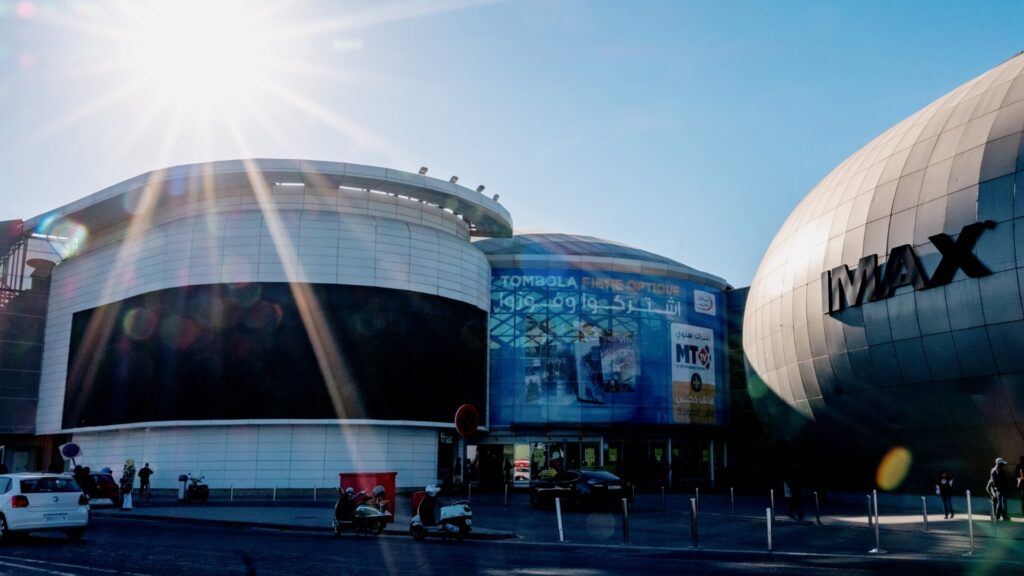
The mall attracts more than 15 million shoppers and tourists annually, drawn by its unique blend of commerce and entertainment—from indoor ice skating and live performances to panoramic ocean views and gourmet dining.
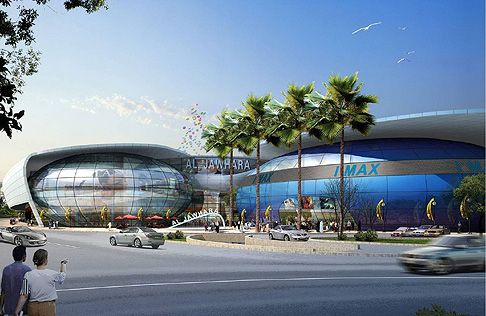
Recognized with international awards for retail excellence and design innovation, Morocco Mall has evolved into a showcase of Morocco’s economic aspirations and its embrace of modern consumer culture.
A new benchmark for African retail
Commissioned by Aksal Group with a vision to match the scale and sophistication of Europe’s and the Gulf’s premier malls, Morocco Mall embodies the country’s strategic ambition to build world-class infrastructure.
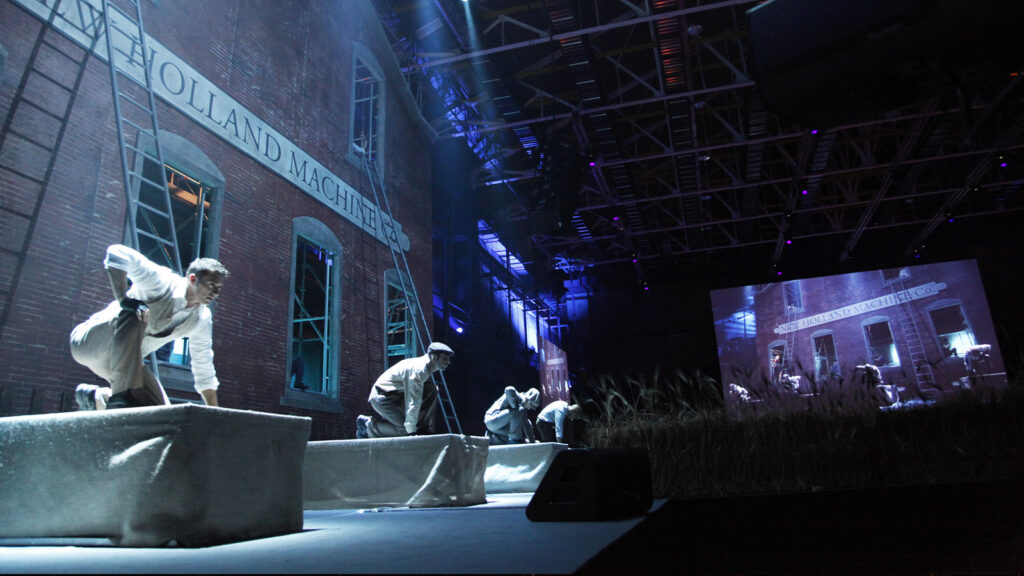
Its design and engineering incorporate sustainable technologies, including energy-efficient systems, natural lighting strategies, and advanced waste recycling. The mall’s central aquarium, housing over 40 species, highlights environmental stewardship alongside architectural spectacle.
Inside, visitors encounter an array of experiences—premium fashion, electronics, local handicrafts, high-end restaurants, and family attractions—all under a unified roof that redefines the Moroccan shopping journey.
Symbol of Casablanca’s evolution
Strategically situated along Boulevard de l’Océan Atlantique, Morocco Mall reflects Casablanca’s emergence as a cosmopolitan hub where tradition meets innovation.
It forms part of a broader movement to revitalize Morocco’s urban centers through landmark projects that integrate commerce, leisure, and cultural heritage.
Surrounded by growing residential developments, luxury hotels, and transport corridors, the mall operates as an anchor of a dynamic coastal district poised to become a reference point for African and Mediterranean retail.
As Africa’s largest mall and a pioneer of mixed-use retail-led development, Morocco Mall stands as a defining example of how visionary entrepreneurship, international collaboration, and national ambition can converge to reshape a city’s identity—and inspire a continent’s retail future.

